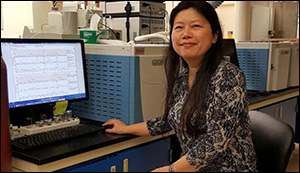Carbon dioxide conversion process may be adapted for biofuel synthesis
28. 12. 2016 | Phys.org | www.phys.org
Using a novel approach involving a key enzyme that helps regulate global nitrogen, University of California, Irvine molecular biologists have discovered an effective way to convert carbon dioxide (CO2) to carbon monoxide (CO) that can be adapted for commercial applications like biofuel synthesis.
The researchers found that they could successfully express the reductase component of the nitrogenase enzyme alone in the bacterium Azotobacter vinelandii and directly use this bacterium to convert CO2 to CO. The findings were surprising to the group, as nitrogenase was only previously believed to convert nitrogen (N2) to ammonia (NH3) within the bacterium under similar conditions.

They were excited to discover that the bacterium could reduce CO2 and release CO as a product, which makes it an attractive whole-cell system that could be explored further for new ways of recycling atmospheric CO2 into biofuels and other commercial chemical products. These findings establish the nitrogenase enzyme as a fascinating template for developing approaches to energy-efficient and environmentally-friendly fuel production.
Read more at Phys.org
Image Credit: University of California, Irvine
-jk-




